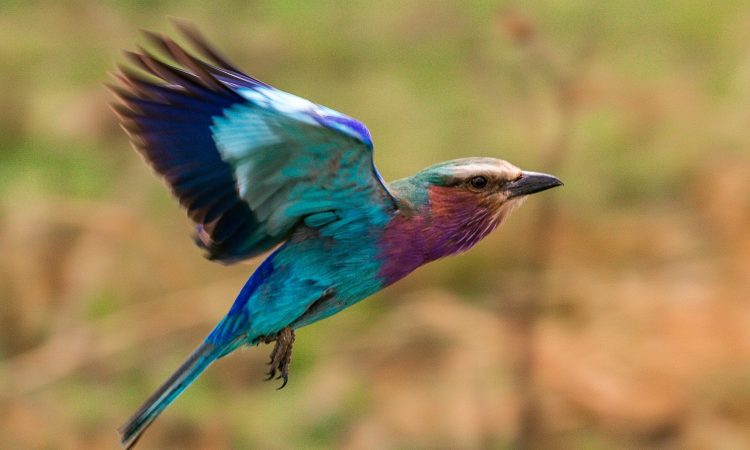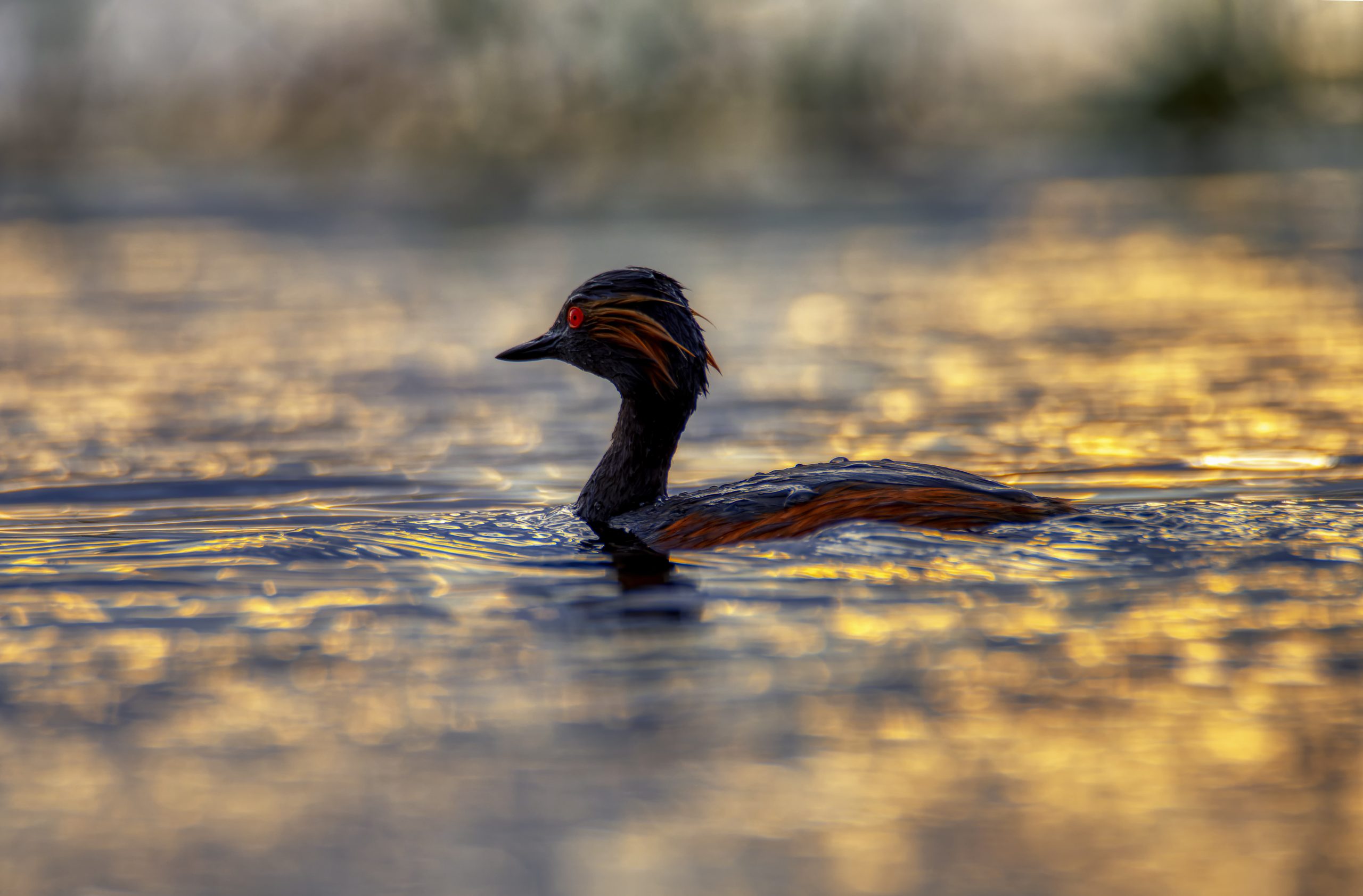Kenya Birding Safari : Kenya is home to one of the richest birds in Africa, with over 1090 different species of birds identified there. Kenya is home to a wide variety of birds because of the country’s ideal climate, diverse range of habitats, and advantageous geographic location, which allow birds to migrate through the area. Five geographical features can be distinguished: the Northern Plains, the Highlands, the Rift Valley, the Western Plateau, and the Coastal Region.

What Time of Year Offers The Best Bird Spotting Opportunities?
There are lots of chances to take pictures of birds. The most noticeable are the flamingo concentrations on soda lakes in Lake Bogoria and Lake Nakuru National Park, as well as birds of the open savanna like the Secretary bird, bustards, and Common Ostrich. It is easy to capture many bird species, including fiscals and weavers of the open country. Photographing birds in the Kakamega Forest and other forested areas can be accomplished with patience.
When most species are in breeding plumage, during the brief November and early December rains, is the ideal time to go birdwatching in Kenya. Most species also exhibit their display behaviour at that time. By January, the birds’ non-breeding plumage is changing and mating activities have shifted. Some birds migrate to and from Europe and Asia during this season, and many Palearctic migrants visit Kenya’s inland and marine shorelines between October and February. Early morning, when the sun rises, is the best time to observe this species of bird because this is usually when they are most active during the day. Dawn and dusk are the best times to go bird watching because most birds are most active during these hours.
Best Bird Watching Areas in Kenya
The Aberdares Mountains, which include the Gatamaiyo Forest Reserve, Nairobi National Park, and Mount Kenya are a few places in the eastern highlands to go birdwatching. The Molo Grasslands, the Mau Narok region to the south, and the Kongelai Escarpment to the northwest of Kitale are among the birding locations on the western side. The national parks of Kenya are also great places to go bird watching in Kenya.
More than 500 species have been identified in the Masai Mara Game Reserve. These include the White-headed Vulture, Lesser Kestrel, Ostrich, Grey-crested Helmet Shrike, Saddle Billed Stork, Corncrake, and Yellow-billed Oxpecker.
Over 400 species have been identified in Amboseli National Park, at least 40 of which are raptors. Among the notable species are the numerous heron, duck, and darter nests found in the wetlands, as well as the small population of Martial Eagles and other birds of prey.
Often recognised for its rich bird ornithology, Lake Nakuru National Park is a popular destination for specialized birdwatching safaris. In addition to the commonly known Greater and Lesser Flamingo, other noteworthy species observed in this area are numerous Great White Pelicans, Black-necked and Little Grebes, and uncommon Martial Eagle, Lesser Kestrel, and Squacco Heron.

The Arabuko Sokoke Forest is a crucial location for birdwatching. The world’s rarest owl, the Sokoke Scops Owl, is one of the endemic species found here. Only this forest is home to the species, though sightings have been documented in Tanzania’s northern Usambara Mountains.
Lake Baringo: Here, noteworthy species have been observed, such as Bristle Crowned Starlings, Goliath Herons, White-backed Ducks, African Skimmers, and Darters.
At least 200 species have been identified in Aberdares National Park. These include Hartlaub’s Turacos, African Green Ibis, African Cuckoo Hawk, Cape Eagle Owl, and Mountain Buzzard. On the moorlands, uncommon species include the Aberdare Cisticola, African grass owl, and Scarlet tufted sunbird.


